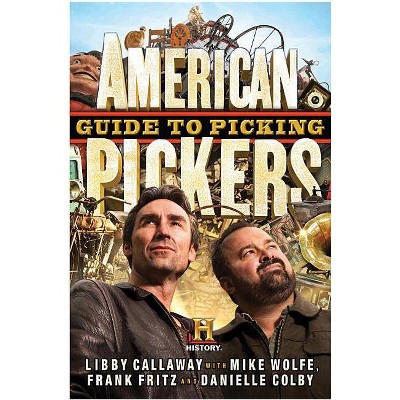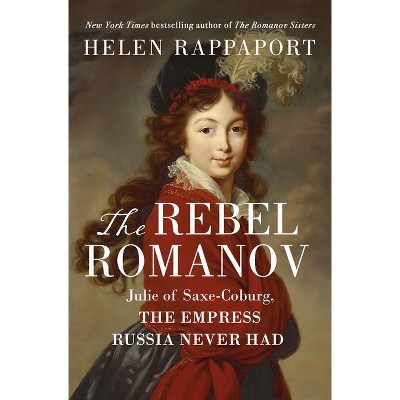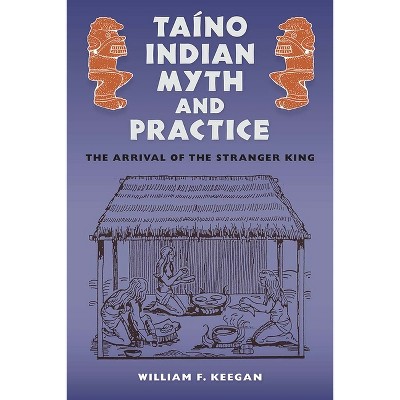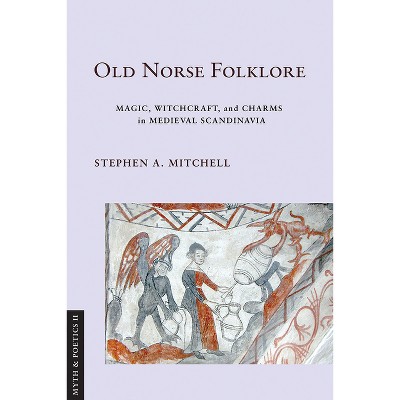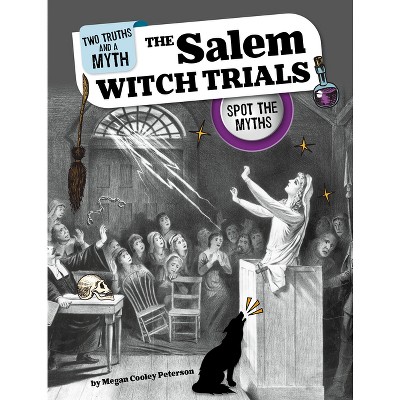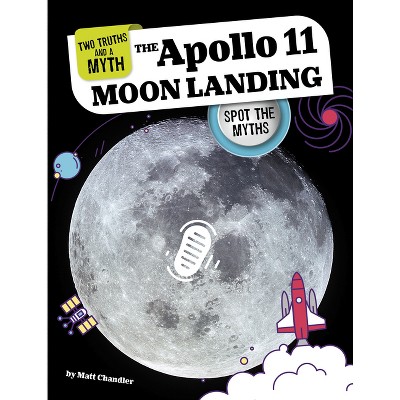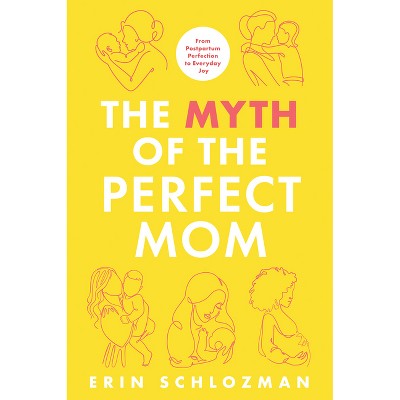Sponsored

Film Stardom, Myth and Classicism - by M Williams (Hardcover)
In Stock
Sponsored
About this item
Highlights
- Since the golden era of silent movies, stars have been described as screen gods, goddesses and idols.
- About the Author: MICHAEL WILLIAMS is Senior Lecturer in Film Studies at the University of Southampton, UK.
- 252 Pages
- Performing Arts, Film
Description
About the Book
"Since the golden era of silent movies, stars have been described as screen gods, goddesses and idols. But why did Hollywood, that most modern industry, first look back to antiquity as it built its stars? This book presents a unique insight into the origins of screen stardom in the 1910s and 1920s to explore how the myth and iconography of ancient Greece and Rome were deployed to create modern Apollo and Venuses of the screen. Drawing from extensive research into studio production files, fan-magazines and the popular reception of stars in America and Britain, this study explores how the sculptural gods of the past enabled the flickering shadows on the screen to seem more present and alive. Classicism permitted films to encode different sexualities for their audience, and present stars who embodied traditions of the Grand Tour for a post-war context where the ruins of past civilisations had become strangely resonant. The book presents detailed discussion of leading players such as Ramon Novarro, Greta Garbo and Rudolph Valentino, and major films such as Ben-Hur and Flesh and the Devil, to show how classicism enabled star discourse to transform actors into icons. This is the story of how Olympus moved to Hollywood to divinise stars as icons for a modern age and defined a model of stardom that is still with us today"--Book Synopsis
Since the golden era of silent movies, stars have been described as screen gods, goddesses and idols. This is the story of how Olympus moved to Hollywood to divinise stars as Apollos and Venuses for the modern age, and defined a model of stardom that is still with us today.Review Quotes
'Williams' book is exemplary in its pursuit of illuminating parallels between the contemporary gods/goddesses and their classical antecedents. The particular period post-WW1 with its emphasis on heroes and broken men, on loss and celebration, on the marble memorialising of real-life heroes as compared with the potency of the star images caught in a complex mode of evanescence and permanence, is imbued with both poignancy for what is lost and the exhilaration of what the 'divinisation' (author's word) of the star phenomenon represents.' - Brian McFarlane, Monash University, Australia
'It must be recognised that the work of Williams brings a unique and thorough perspective to the phenomenon of the deification of the star, especially in Hollywood, and as such, it really is worth reading.' - Pierre Ve´ronneau, Historical Journal of Film, Radio and Television
About the Author
MICHAEL WILLIAMS is Senior Lecturer in Film Studies at the University of Southampton, UK. He is author of Ivor Novello: Screen Idol, and is co-editor of British Silent Cinema and the Great War published by Palgrave Macmillan. He has also written on stardom; film and antiquity, British cinema; landscape, sexuality and the heritage film.Shipping details
Return details
Frequently bought together

Trending Non-Fiction







